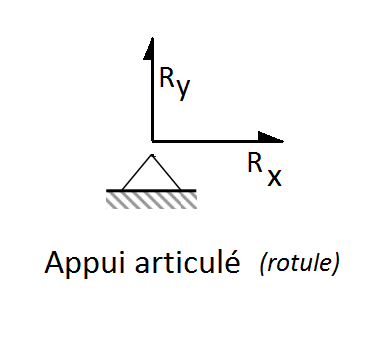A well structured CV that looks professional and presents the information clearly, will be much more effective than a messy CV that is difficult to read. So, what is the best way to structure your CV ? And how you present that information is equally important. Although there are many ways you can structure a CV , that doesn’t mean every layout will suit you – or your prospective employer. To ensure you’re painting yourself in the best light, always aim to draw attention to the skills and experience that are most relevant to the job you’re applying for.

Not knowing how to structure their CV is one of the most common problems jobseekers face, so we’ve laid out a simple structure to help you. CVs should be tailored to each role you apply for, but to save time first create a general CV which can be easily adapted for each employer, based on the job description. Tailor the document to any job requirements and any applicant background. How to structure your CV?
A CV ( curriculum vitae ) is Latin for 'course of life', which in essence is a document that provides an overview of your skills, work experience and academic achievements. What is proper resume format? Additionally, you can sprinkle in your personality by including a personal profile and hobbies. A CV , which stands for curriculum vitae , is a document used when applying for jobs.

It allows you to summarise your education, skills and experience, enabling you to successfully sell yourself to employers. We’ve already covered how to write a CV , and given some CV examples and samples – but to help you increase your chances of success – we’ve put together a handy free CV template: Personal statement. Start with a personal statement tailored to the role in question. When you’re applying for a job, it’s important to structure your CV layout in a way that clearly communicates your skills and experiences to potential employers.
To help maximise your chance of an interview, use the following structure for the layout CV, to help businesses recognise why you are the right person for the job. In the first in this series of blogs on helpful recruitment tips Michaela McIntosh, our Recruitment Business Partner, explains how best to structure your CV for a recruiter. A CV is the first point of contact between yourself and the recruiter. Top tips to structure your CV Your CV is the first point of contact between you and your next potential employer. It should be succinct and presented in an easy to read format using a simple font, minimal styling and the use of bullet points to break down information.
If potential employers cannot extract the most important information about your skills and expertise in a flash, it’s game over. In terms of length, a CV personal profile should be no longer than 2words. Aim for a few short sentences, four or five should do the job.
As part of your application, you must submit an up-to-date CV. The table below shows what you should include in your CV and the order the sections should be in. Your name on your CV must match your name on your proof of identity. Functional Resume Structure. The functional resume structure puts your skills and qualifications in the limelight.
It’s a good resume structure if you want to detract the recruiter’s attention from your professional experience. Professionally written free CV examples that demonstrate what to include in your curriculum vitae and how to structure it. Learn how to clearly explain your skills and knowledge to potential employers. If you’re starting from scratch, writing a great CV can seem like a significant and time-consuming task. And even if you’ve had previous experience of writing CVs, you might still be making the mistake of using the same one for every job.
When it comes to writing a CV , it helps to have a solid example of a good CV to benchmark your own CV against.
Žádné komentáře:
Okomentovat
Poznámka: Komentáře mohou přidávat pouze členové tohoto blogu.